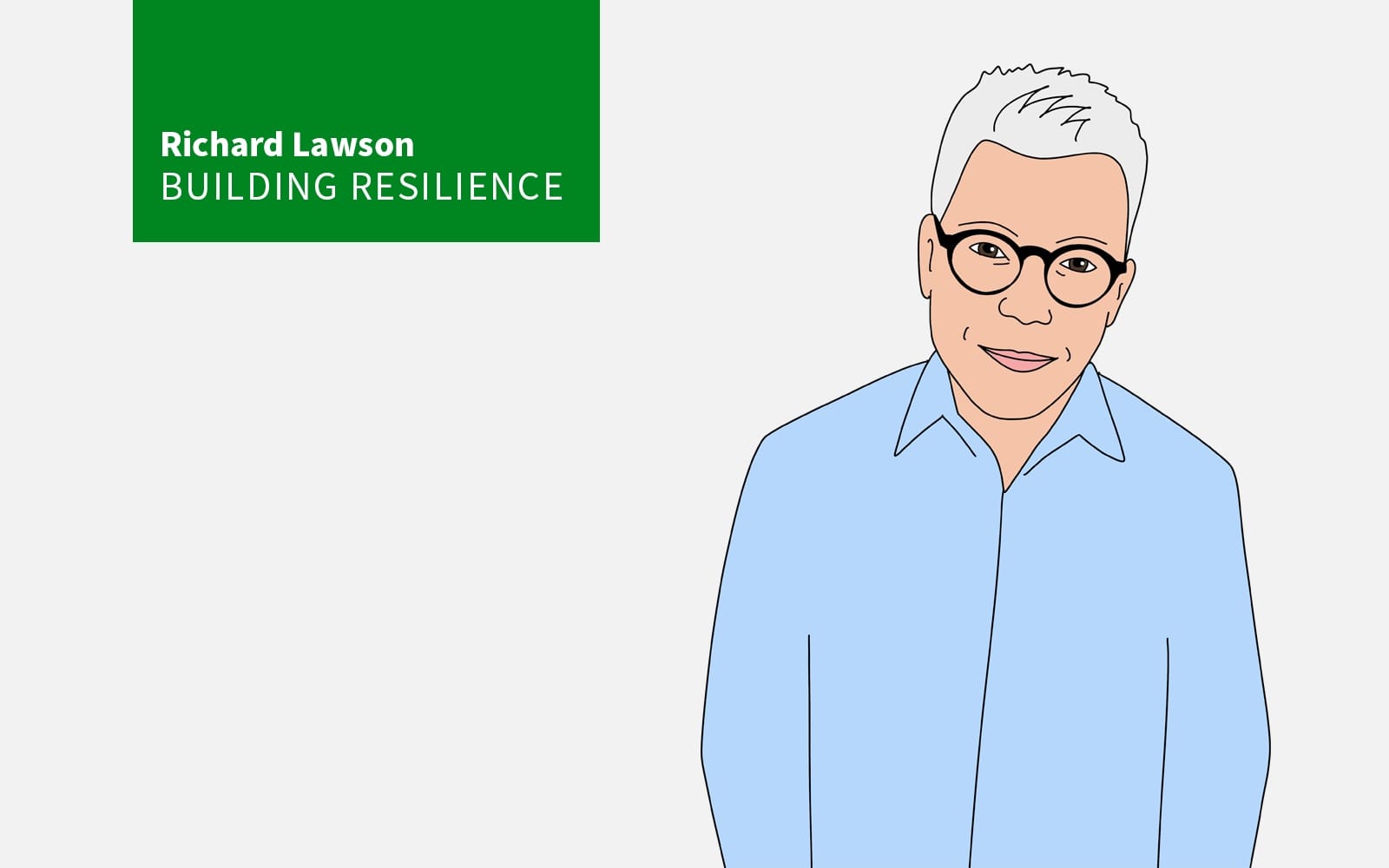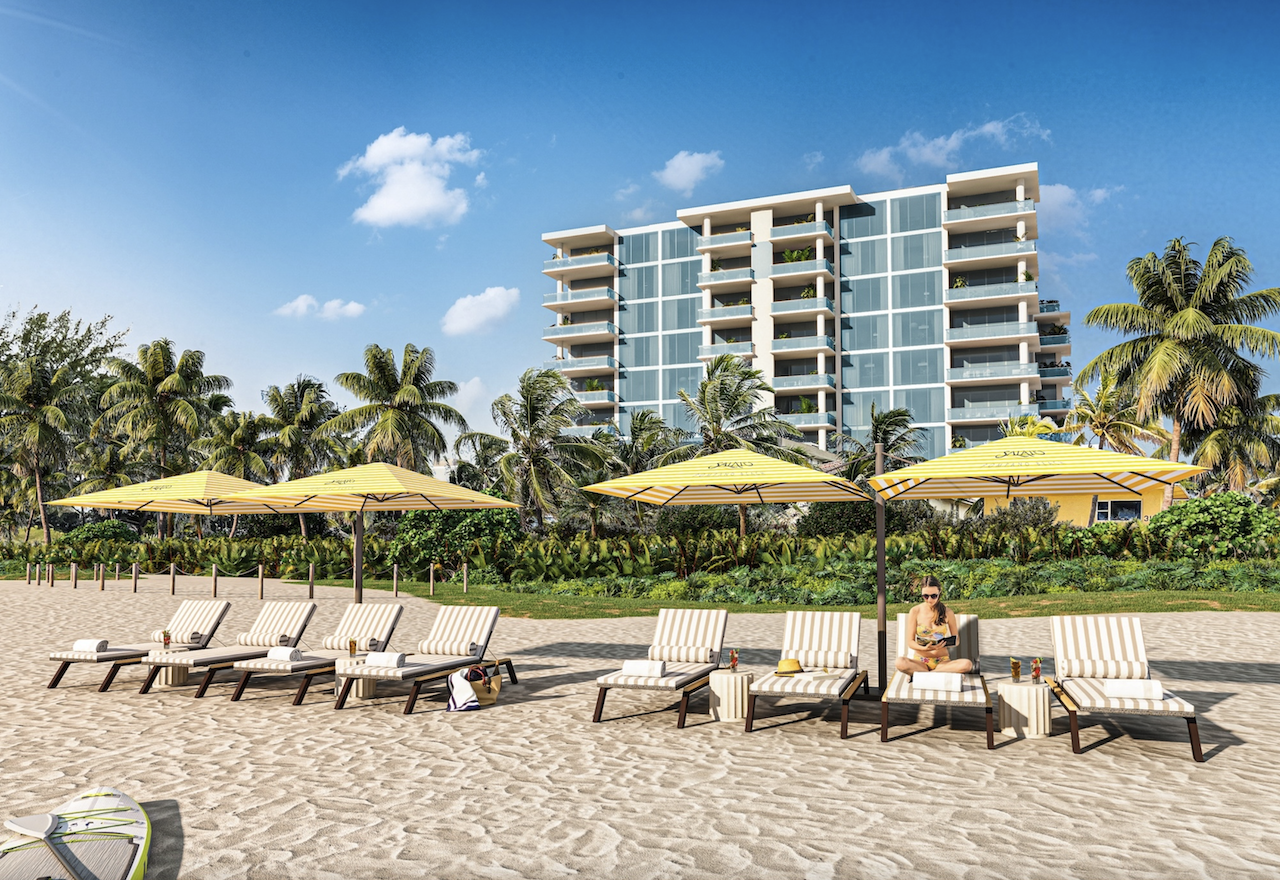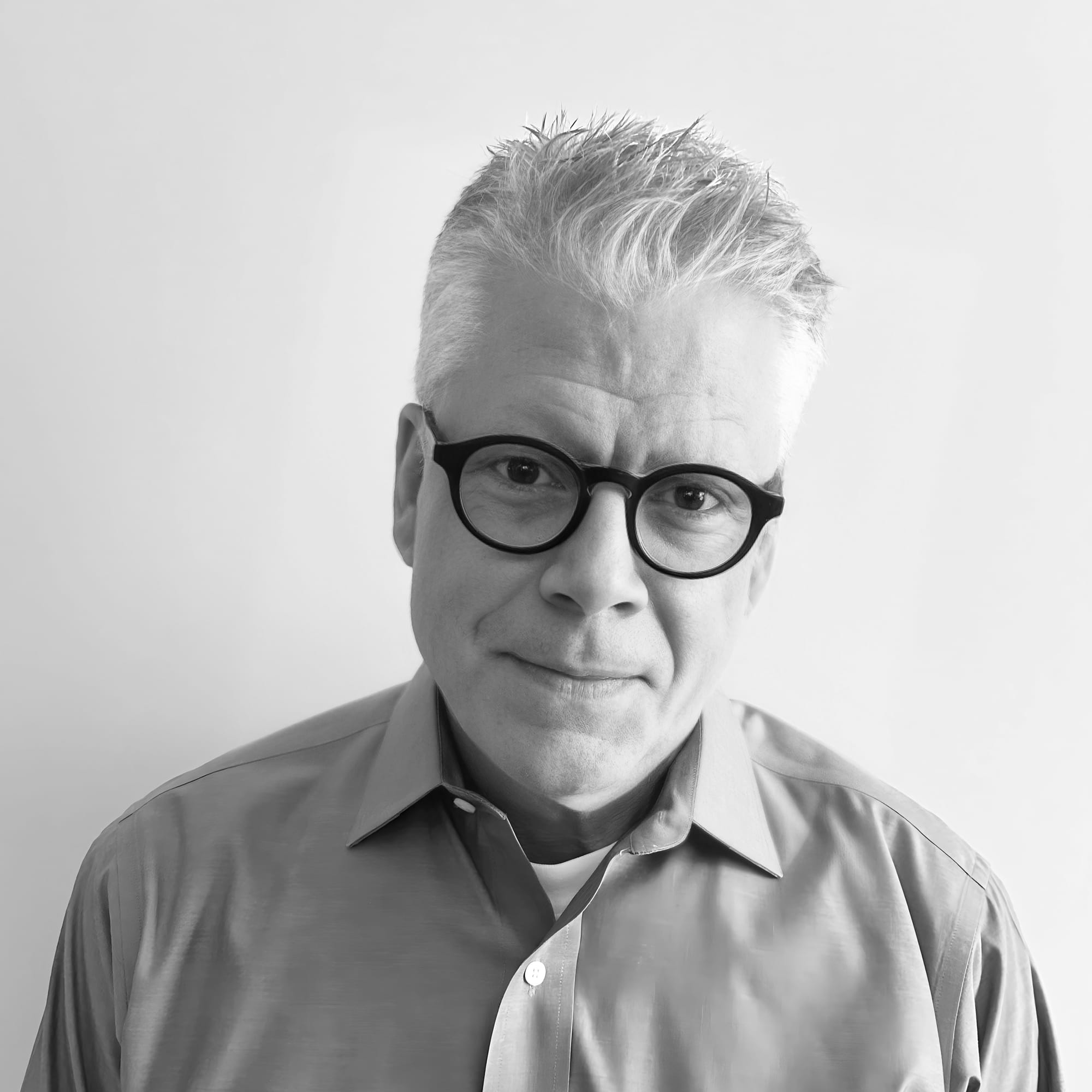Architecture
Florida Condo Project Sets Resilience Benchmark Early
Contributing writer Richard Lawson explores the challenges – and an urgent lane of future-proof opportunity for residential developers – in an exclusive interview with John Farina, president of U.S. Development.

[Editor's note: Wildfires in Los Angeles. Hurricanes across Florida and the Southeast. Floods, extreme heat, and severe weather events are no longer rare occurrences—they’re becoming the new normal. The homebuilding and residential development industries face an urgent reckoning: how to build homes, neighborhoods, and communities that can withstand the increasing severity of climate-related natural disasters. This interview is another installment in a series from The Builder’s Daily exploring the choices, challenges, and solutions shaping the future of resilient housing.]
It's hard to believe, but the 2025 Atlantic hurricane season looms just weeks away. Memories of last year’s devastating storms are still too fresh and painful.
The 2024 season, marked by Hurricanes Helene and Milton, left a trail of destruction across Florida and the Southeast U.S., with damages exceeding $200 billion and recovery efforts still ongoing, particularly in Western North Carolina.
As climate change fuels stronger, faster hurricanes, communities already are bracing for another potentially catastrophic season.
Building resilience to hurricanes and their destructive flooding has become crucial for communities. Luxury residential developer U.S. Development is taking resilience to the next level with a project under construction of Salato, a 40-unit mid-rise condominium building under construction in Pompano Beach, Florida, just steps from the Atlantic Ocean.

Contributing writer Richard Lawson explores the challenges – and an urgent lane of future-proof opportunity for residential developers – with John Farina, president of U.S. Development. The following is their edited conversation.
Richard Lawson
First, let’s get some details on the project?"
John Farina
We're estimated to be completed in the second quarter of 2026. We are topping off in July. We are a little over 52% sold out. We have over 20,000 square feet of amenities. We have the amenities that you would normally see in a 100-unit project. So, we may be boutique in nature, but we sure do offer a lot in terms of what we're providing to our buyers."
Richard Lawson
What are the units selling for and who is the typical buyer?"
John Farina
The units are selling for $1.9 million to $4.9 million. We're getting locals from West Broward or the suburbs of Florida whose kids are out of school, and they're looking to downsize and move closer to the beach. We're also getting Northeast and Midwest buyers who are looking to be snowbirds and have a Florida residence and take advantage of the amazing tax incentives. So, we're getting a mix of both."
Richard Lawson
Let’s talk about the resilience elements in the building. It looks like you guys went above and beyond on it. How much of it is overengineered?"
John Farina
The building height and structure. We designed it to the most stringent flood zone. We didn’t have to do that. We could have designed it to a lower acceptable standard.
"We are in a (Federal Emergency Management Agency) Flood Zone X, which is outside the 100-year flood zone and has no minimum height requirements for the first level, just for definition purposes.
"But we've designed the project for the most stringent requirements for coastal areas, which includes high-velocity waves of the E zone, requiring an elevation of nine-foot NADV (North American Vertical Datum). Our first-floor building elevation is 11.8 feet, which is almost three feet above the VE-9 (velocity elevation of nine feet) 100-year flood elevation.
"So, we're three feet above, and I'll be frank, there are a lot of buildings in southeast Florida that are not currently above that level for their first-floor level. That gives us an advantage."
Richard Lawson
That a selling point?"
John Farina
I think it is. I’ll give you another, another important factor. Our garage and lobby levels are above the 500-year flood. That is a significant statement to make. Why that's important is if you look at the most recent hurricanes, especially on Florida’s west coast, most of the buildings got sand in their lobbies. Their elevators were not operable. People were stuck on the high floors, and if they couldn't walk down the steps, they couldn't use the elevator. So, it's really a substantial statement to have your building above the 500-year flood level, or even be over 100-year flood level in the velocity zone.
"Another big factor, as I was talking about the elevators, our generator is at 18.5 feet (more than nine feet above the 100-year flood level), which powers all of our life safety, our fire alarm, our fire detection, telecommunication systems and all elevators. Even after a storm, we'll have fully functioning elevators if there is a need for people to get out. We fully have that capability to be able to manage if, in fact, people elect to stay during a hurricane. The building is equipped with a portable generator connection station in case of failure of the emergency generator."
Richard Lawson
What about the building materials beyond concrete block for the exterior?"
John Farina
Our impact windows can withstand 175 miles per hour, and we have missile impact glass (protection from flying hurricane debris) so obviously, that is something else very important for resilience."
MORE IN Architecture
Wellness Is the New 'Why' In Neighborhood Development
Health and well-being are no longer add-ons—they’re the foundation of value, purpose, and performance in new communities. From brain-friendly design to AI-native living, five big trends are redefining what home means now.
AI Crushes Missing-Middle Time And Cost Curves Toward Affordability
Developing multifamily rental and for-sale properties takes time — sometimes years -- depending on a labyrinth of zoning rules and the whims of local jurisdictions.
Beyond Blueprints: AI Alters Home Design, Development Calculus
In an exclusive one-on-one, Higharc co-founder and Special Projects leader Michael Bergin reveals how AI is eliminating homebuilding bottlenecks, cutting soft-cycle time, and transforming home design from an unpredictable process into a precise, real-time system.
